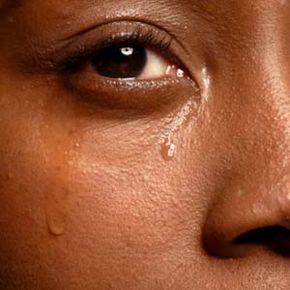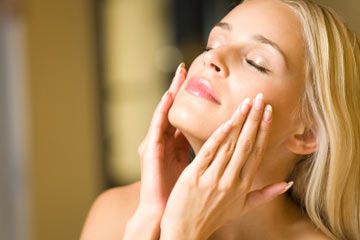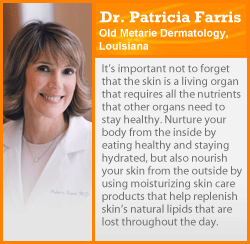You could say that your body has a love-hate relationship with sebum. When you have just the right amount of this oily substance, it helps protect your skin. But if your skin has too much sebum, you'll probably be battling acne, and if it has too little sebum, you could end up with dry, cracked skin.
Sebaceous glands, which produce your body's sebum, are found everywhere on your skin with the exception of the palms of your hands and soles of your feet. Different parts of the body have different numbers of sebaceous glands. Your hands and feet don't have many, but your back, forehead and chin have the most -- anywhere from about 2,600 to 5,800 sebaceous glands per square inch (400 to 900 per square centimeter). Even your ear canal has sebaceous glands [source: New Zealand Dermatological Society].
Advertisement
Sebaceous glands have a rounded appearance, and they lie just below the surface of the skin in the dermis layer. Sebum eventually makes its way from the dermis to the surface of the skin through pores, or hair follicles [source: KidsHealth]. Sebum and hair follicles have a close relationship. A follicle is a tubular home for hair -- each hair gets its own follicle. A hair follicle begins in the subcutaneous layer of the skin underneath the dermis. The sebaceous gland usually meets the follicle in the dermis layer -- sebum is secreted from the sebaceous gland through the follicle.
Now that you know the basics of sebum, read on to learn more about what it does.
Advertisement


